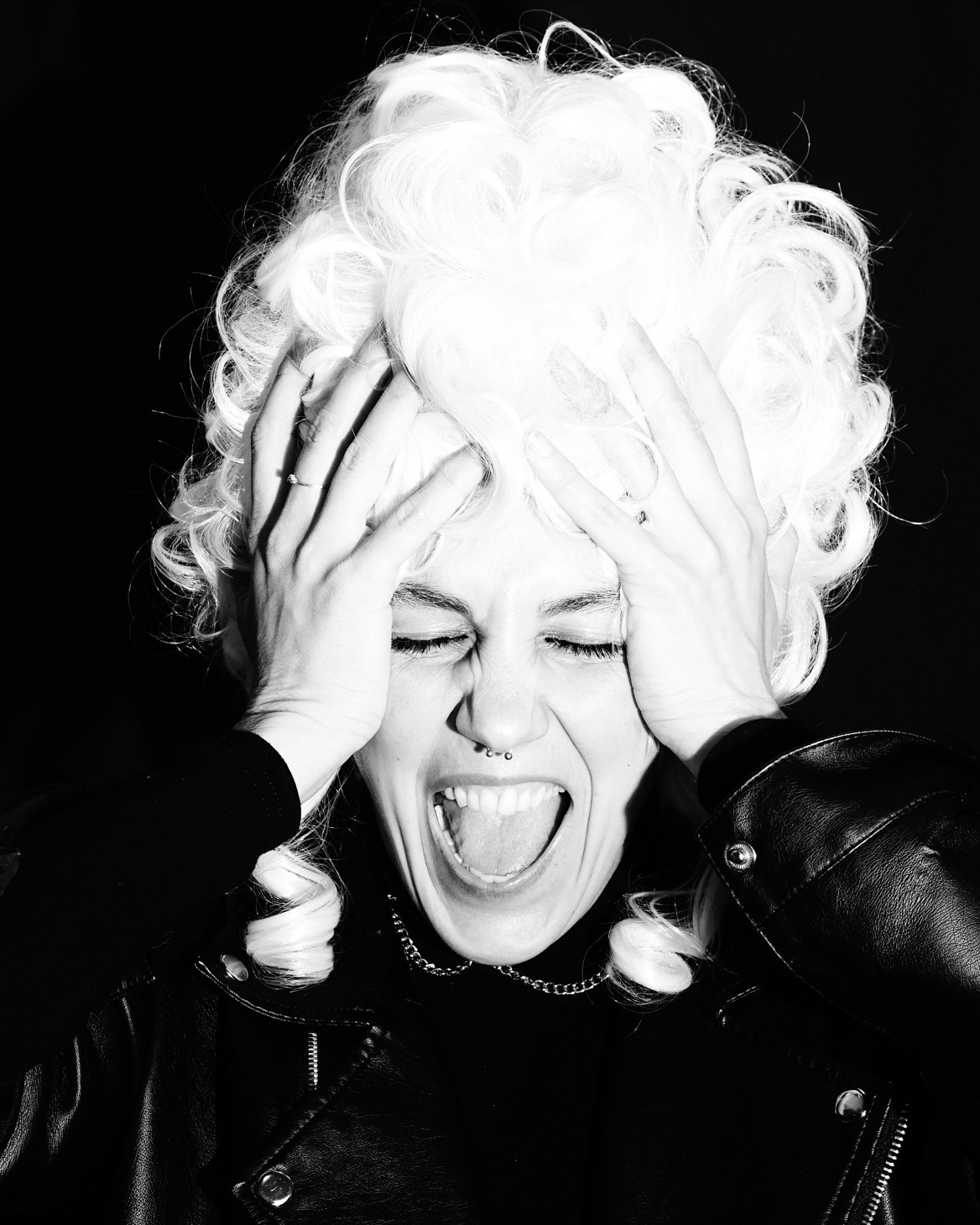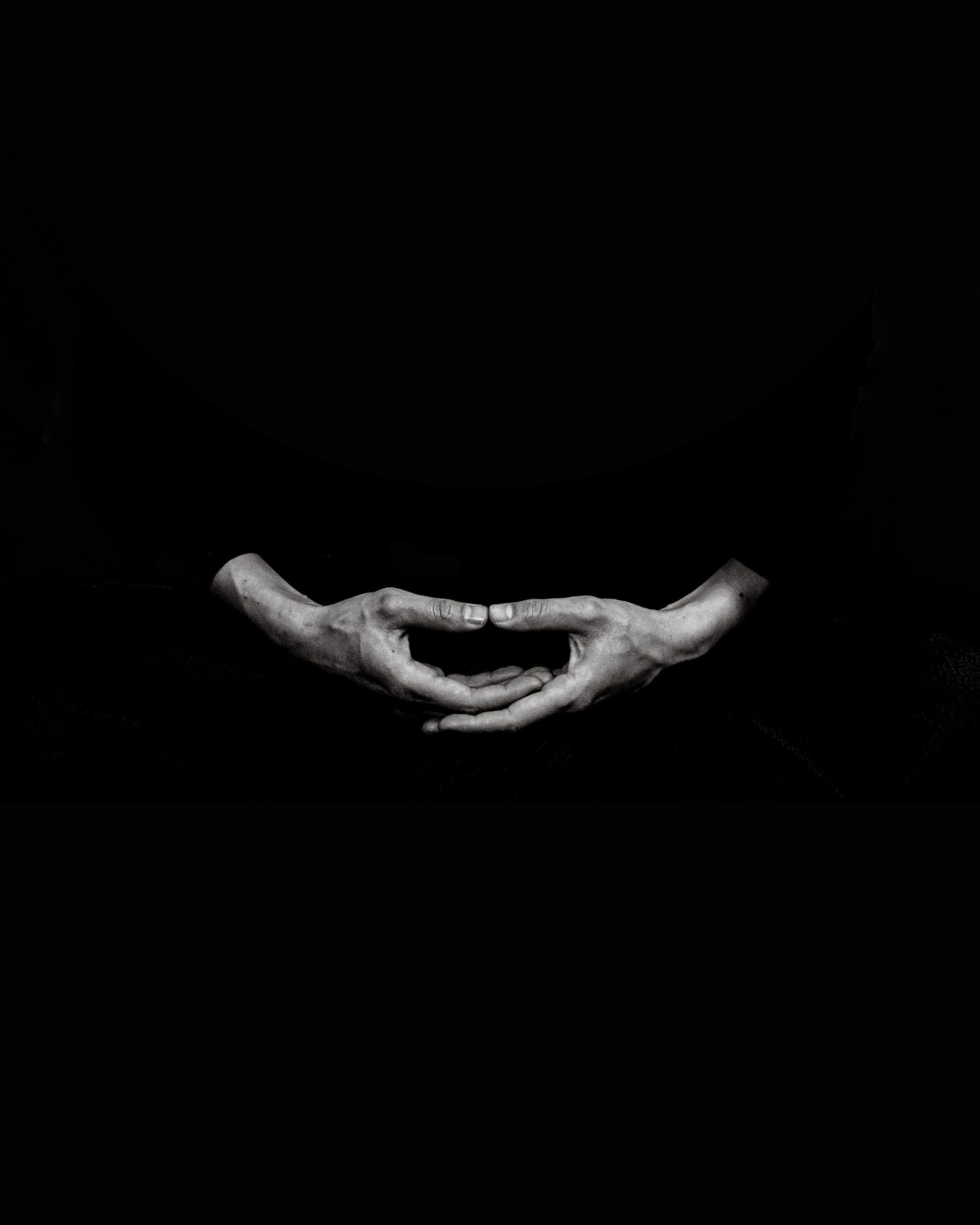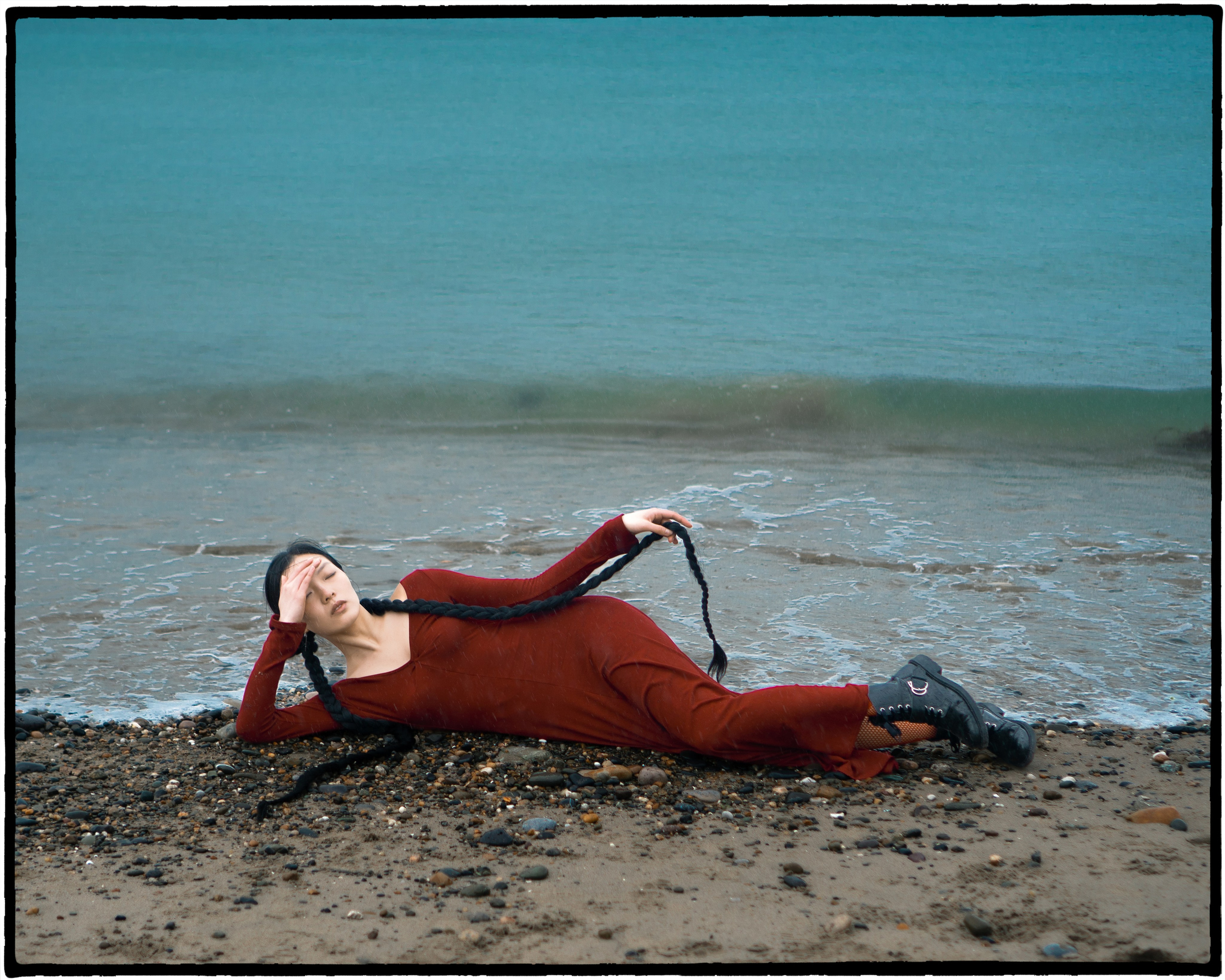Most people book a photoshoot because they “need” one.
Graduation photos, model digitals, a LinkedIn update because someone at work said your picture still has bangs from 2016. It becomes a to-do item: you smile, you hope you don’t blink.
Here’s the other path. A photo session can be a place to look at yourself on purpose; not a brand task, a reset. Old family albums, Polaroids, disposable camera nights, those weren’t for marketing, they were for feeling seen.
That is the space I work in.
My sessions are not about perfection or performance; they are about what happens when the camera acts like a mirror and you stop trying to control what it reflects.



Why Looking Actually Helps
We live in a world where our faces are everywhere, ID cards, stories, feeds, thumbnails, and yet, many people have never really looked at themselves.
When I ask clients what they want from a shoot, they usually say something practical: “I need photos for my website, ” or “for a casting.”
By the end, what they often get is something else entirely, a moment where they see themselves and think, “Wait, that’s actually me.”
It’s not therapy. But it can be therapeutic in the same way painting or journaling is, because it gives you a frame, a focus, and permission to look longer.
According to research in Behaviour Research and Therapy, people who deliberately look at themselves (what psychologists call mirror exposure) start to see differently. Not prettier, just clearer. Repeated, structured looking reduces avoidance and softens self-criticism. Another study found that the tone you use with yourself matters: describing what you see (“my shoulders are relaxed, ” “my eyes look calm”) works far better than judging it (“I look awful”).
That’s exactly what happens in my studio, except with light and music instead of white walls and lab timers.
Exposure Therapy, But With Music and a Camera
Every session begins the same way: distance, softness, air.
I start far enough that you can breathe. The lens is long; you’re not cornered. Once comfort builds, we move closer, change light, posture, pace. It’s a quiet form of graded exposure, the same principle psychologists use to treat avoidance: get used to looking, slowly, without panic.
I guide, but I don’t script. My direction stays descriptive: “tilt toward the light, ” “weight on the left foot, ” “eyes closed, now open.” It keeps the critic in your head out of the frame.
Sometimes, halfway through, I’ll show you a few frames. Not to ask, “Do you like it?” but “What do you see here?”
That question changes everything. Because when you stop judging and start noticing, your brain starts rewriting the story it tells about your face.
That’s not just intuition: researchers who study photo-elicitation (using photos to explore identity and emotion) say the same thing: photographs help people say things they didn’t know how to say before. The image holds the feeling still long enough to look at it.

So Why Does It Work?
Because photography slows down the act of looking. It creates space between reaction and judgment, that split second where truth sneaks in.
Clinical studies say repeated exposure changes neural pathways, I just see people stand taller.
Photo-elicitation papers talk about “agency through imagery”, I watch people decide what they want to keep and what they’re ready to delete.
The World Health Organization’s 2023 review on arts and well-being says creative activity supports mental health across life stages, I call that “proof that doing something expressive beats doom-scrolling.”
The science uses controlled conditions. I use strobes, mirrors, and music. But we’re studying the same thing: what happens when you finally stop avoiding your own face.
What People Leave With
Sometimes confidence.
Sometimes relief.
Sometimes just proof that the worst things you believed about yourself aren’t true.
One person told me, “I don’t think I came here for photos. I came here to see myself again.”
That’s when I know the session worked, both creatively and, in a quiet way, therapeutically.
The Line Between Art and Therapy
This isn’t a substitute for psychotherapy. If you’re in crisis, you need professional help. But if you’re tired of performing for the camera, or avoiding it altogether, a reflective photo session can be the middle ground: creative work that borrows what research proves works. Repeated, gentle exposure. Choice. Narrative. And a space that’s honest enough to stare back.

